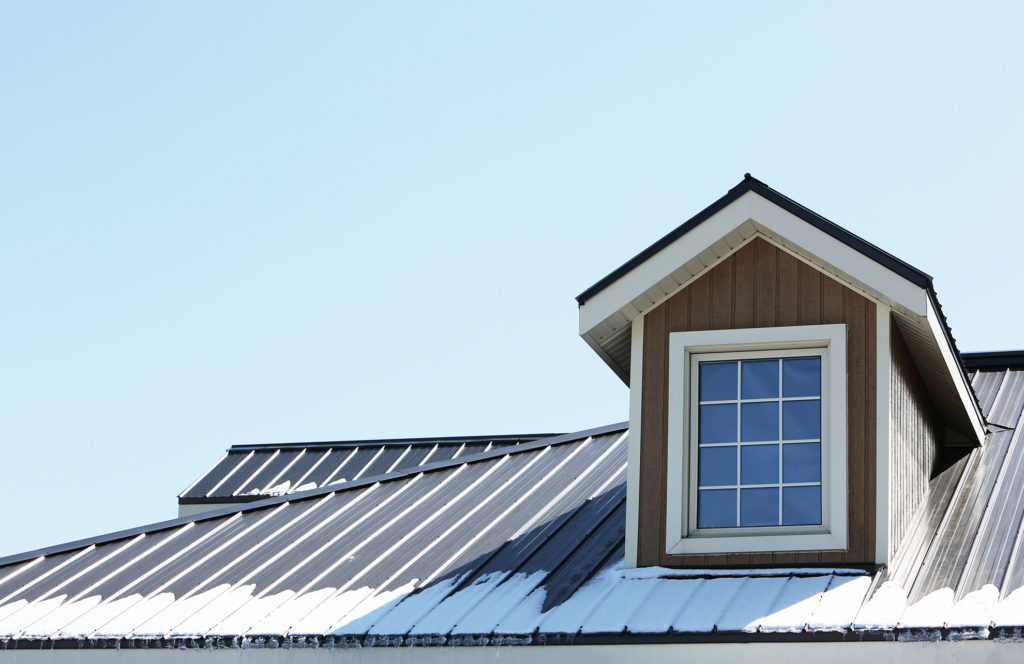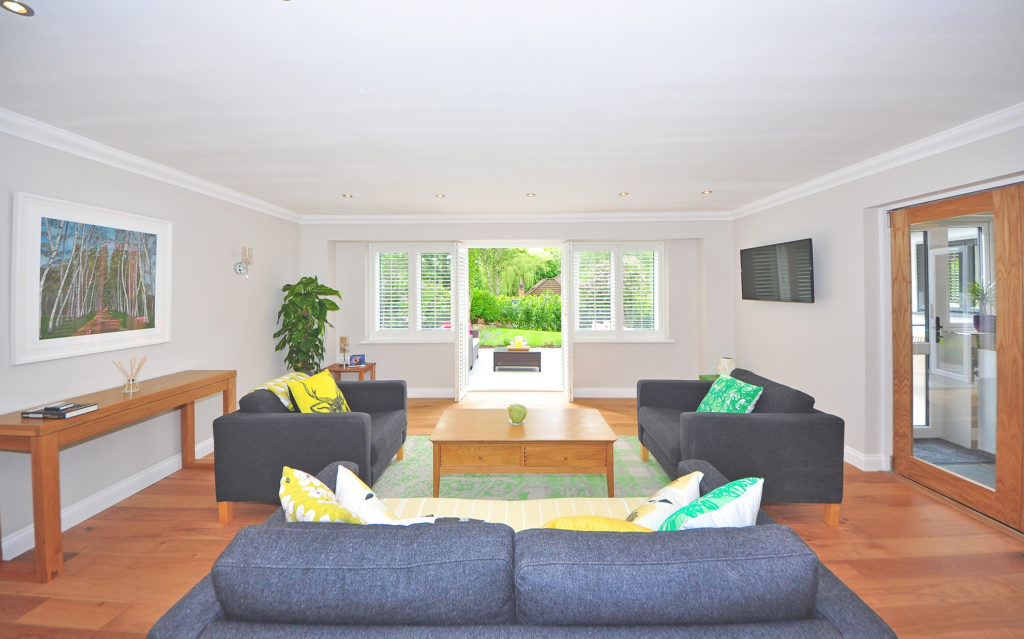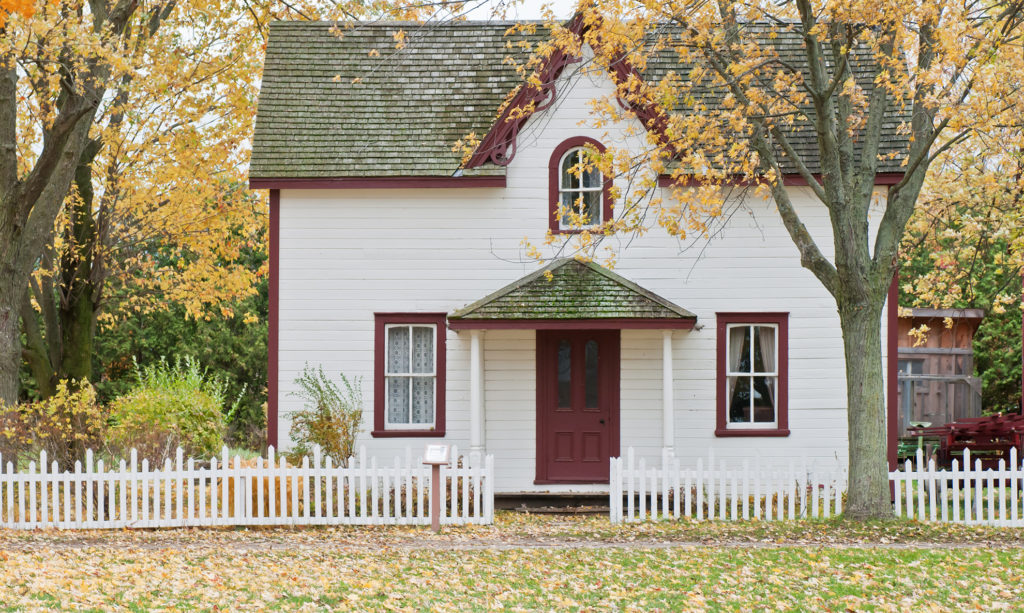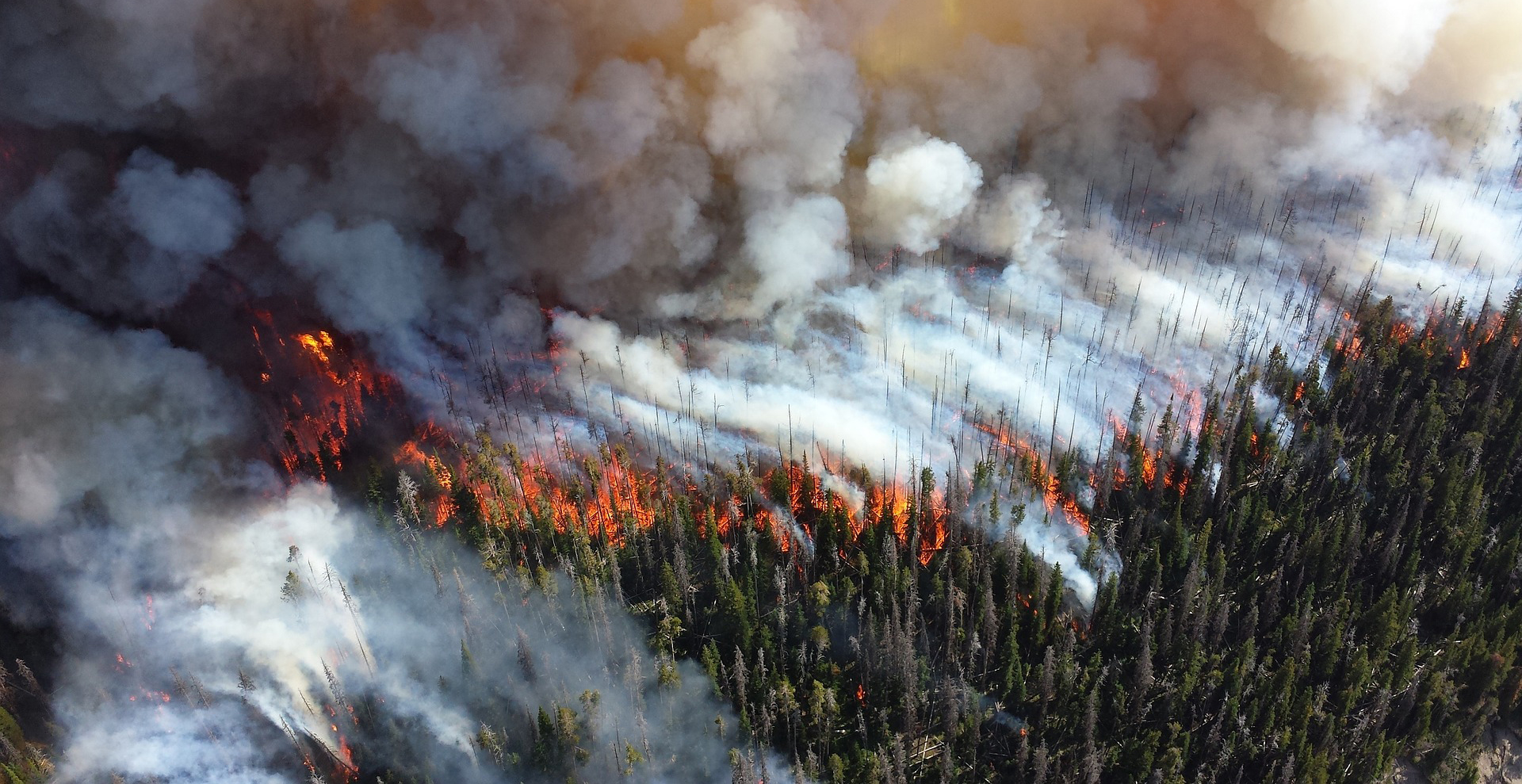A fact of living in British Columbia is the need to know about wildfire prevention and safety. Although wildfire severity varies from season to season, it will always be a natural hazard we contend with. When they occur regularly, small fires actually benefit our ecosystem health, and have a necessary role. They can facilitate plant reproduction, remove invasive species, and return important nutrients to the soil. However, the need for practicing fire-prevention is at an all time high. In 2017, the province’s worst season on record, over 65,000 people were forced from their homes and 1.2 million hectares of land were scorched. If you live in a wildfire prone region here are some tips on reducing your risks as a homeowner:
1) Assess Your Roofing
The relationship between fire-prevention and roofing can be summed up in two words: materials, and maintenance. Living in BC, your roof is likely rated Class A, B, or C, indicating how fire-retardant, or fire-resistance it is. If you plan on replacing your roof, or building a new home, avoid combustible materials like wood shakes and wood shingles. Safer roofing options include metal, recycled rubber, clay, slate, and asphalt. Try to learn all that you can from your roof manufacturer’s guidelines about maintaining your roof. Aim to get your roof professionally cleaned at least once a year to make sure potential embers aren’t fuelled by collected leaves and debris.

2) Guard Gutters
While taking good care of your roof it’s also time to make sure your gutters in good condition. This means removing dead leaves, and other dry, dusty material prone to building up. Consider investing in an ember guard. The metal mesh will help keep potential wildfire embers out, and prevent them from igniting dry debris.
3) Cap that Chimney
Getting your chimney fitted with a cap or a spark arrestor will help prevent embers from escaping and starting a fire on your roof, yet still let gases and smoke out. It will also prevent birds, and other animals from attempting to nest in your chimney.
4) Eaves and Vents
It doesn’t matter which type of grill you use, it always needs to be as far from your home (or any other structure like a shed, garage, or gazebo) as possible. We recommend placing your barbecue at least 3 metres (10 feet) from your house.
5) Deciding on Siding
If you’re planning a new home, or getting ready to upgrade your siding, opt for stucco, metal siding, brick, concrete or fibre cement. These materials offer the best fire resistance. Untreated wood or vinyl siding offer little to no protection from wildfire.
6) Select Windows Carefully
Single-pane windows offer very little resistance to heat. Selecting tempered, double-pane windows is the safest option for minimizing potential wildfire damage to your home.

7) Fire-proof Doors
If you don’t already have them, make sure all doors in your home are fire-rated, and well-sealed. Don’t forget to include your garage doors when upgrading.
8) Protect Decking
Embers and sparks have a tendency to collect under decks and balconies. These can be sheathed with a fire-resistant material to help reduce the risk of embers igniting below your house.
9) Avoid Wooden Walkways and Fencing
While wooden fences and boardwalks are aesthetically pleasing, if you’re not careful, they can accidentally lead a fire straight to your house. It’s best to go with metal fencing if you’re in a high-risk area. When you’re mowing your lawn, also make sure your fence line is well-kept, since long grasses catch fire fast.

10) Landscape for Fire-Resistance
Being strategic about how you landscape your property is a major part of reducing risk to your home and maintaining your personal safety. Give at least a 10 metre clearance around your home from tree branches, mulch, and grasses. Things like gravel beds and crushed stone can provide an attractive, fire-resistant landscaping solution within that zone. It’s important to note that some plants are much more flammable than others. Do not landscape with cedar, juniper, pine, or spruce trees. Similarly, avoid bark mulch, or pine mulch within 10 metres of your home, as they ignite easily. Other plants that may be unsuitable near your house include any species that is resinous or oily, bears needles/aromatic leaves, or has loose bark. Finally, a fire-resistant lawn is a frequently mowed lawn–grasses that are 10 centimetres or shorter tend to burn slower.
While you’re considering these tips, keep in mind that sheds and other structures on your property should be treated with the same care as your house. If you’d like to learn more about reducing potential wildfire impact on your home, we recommend reading the latest information from the provincial government’s FireSmart Manual.
Need to update your homeowner’s insurance? We can help. Contact one of our specialists today.
